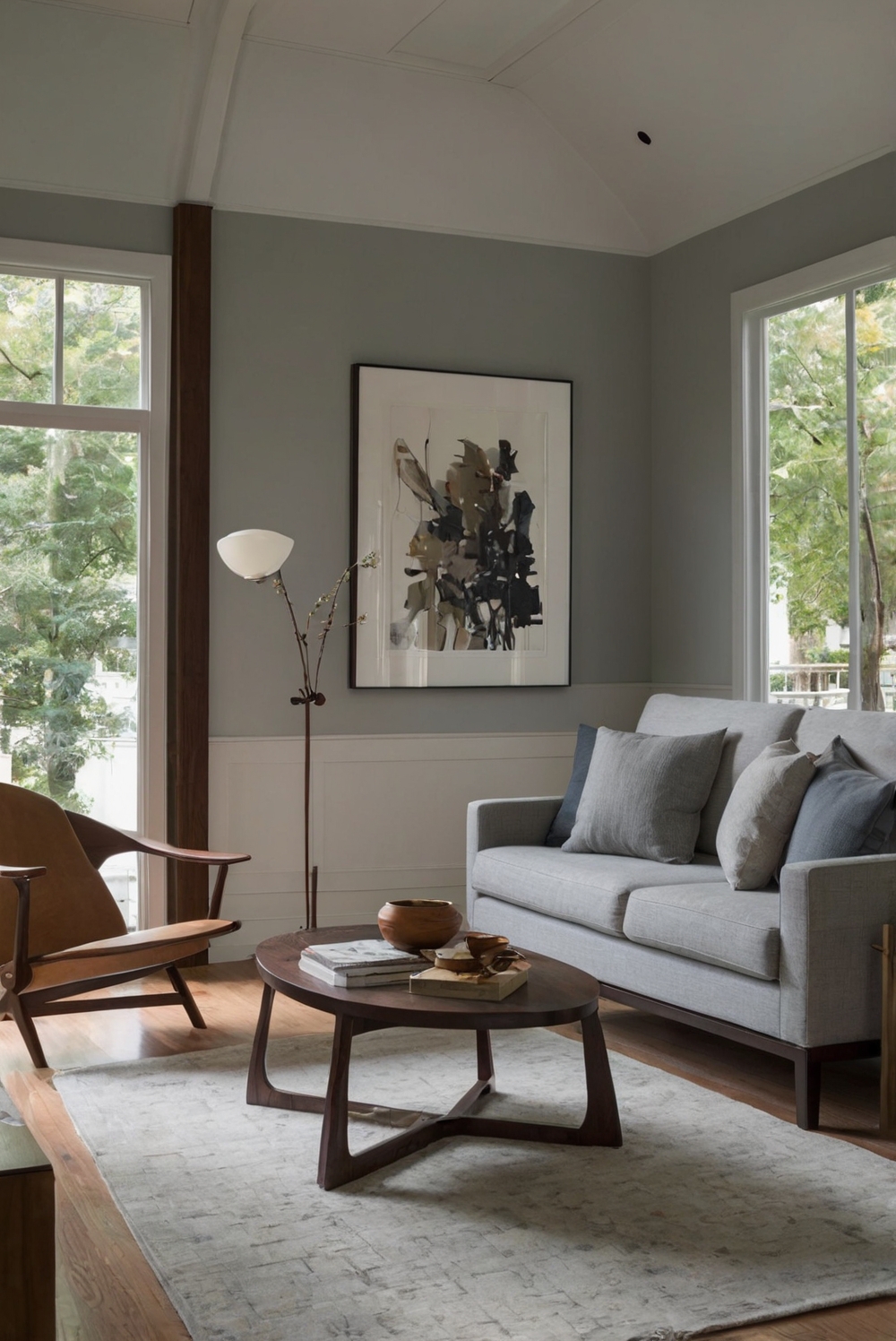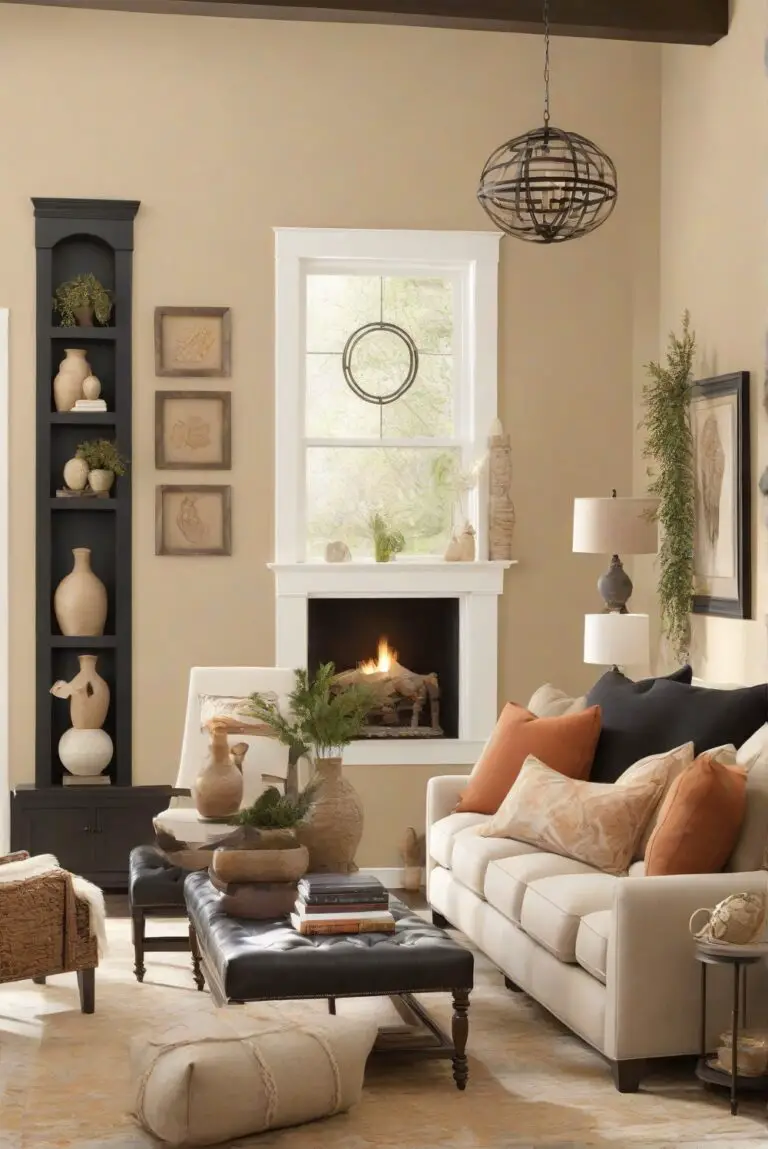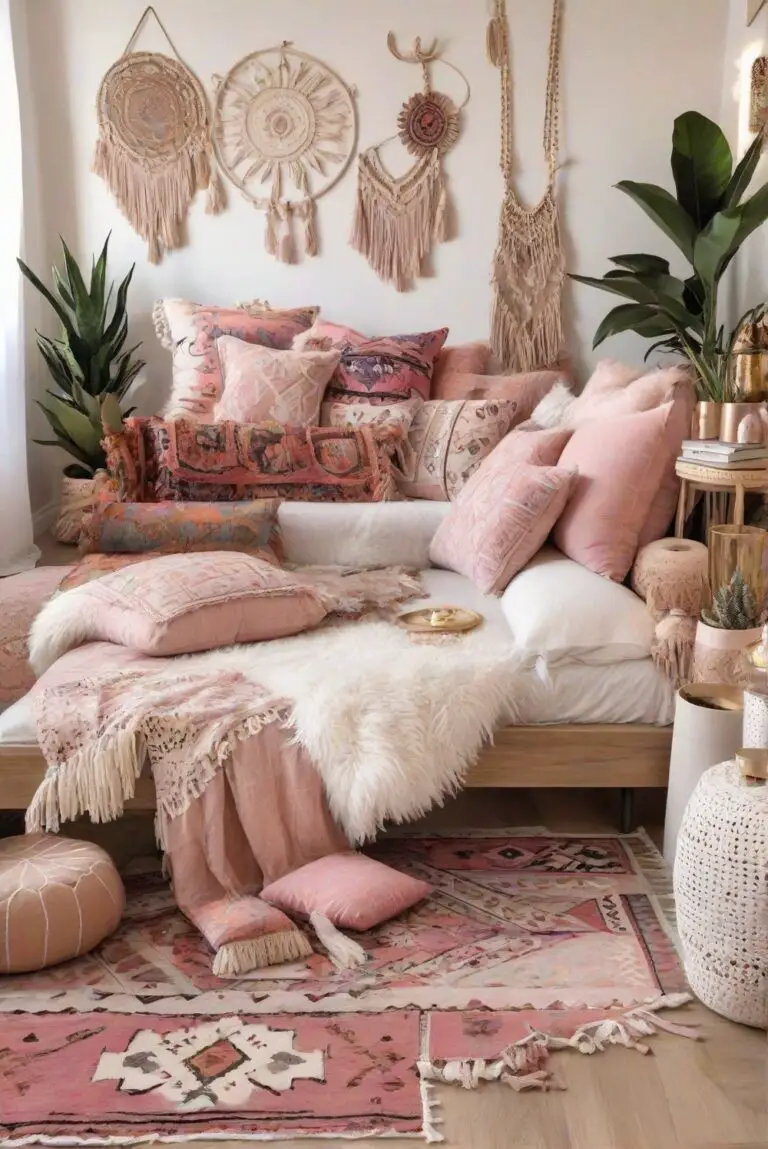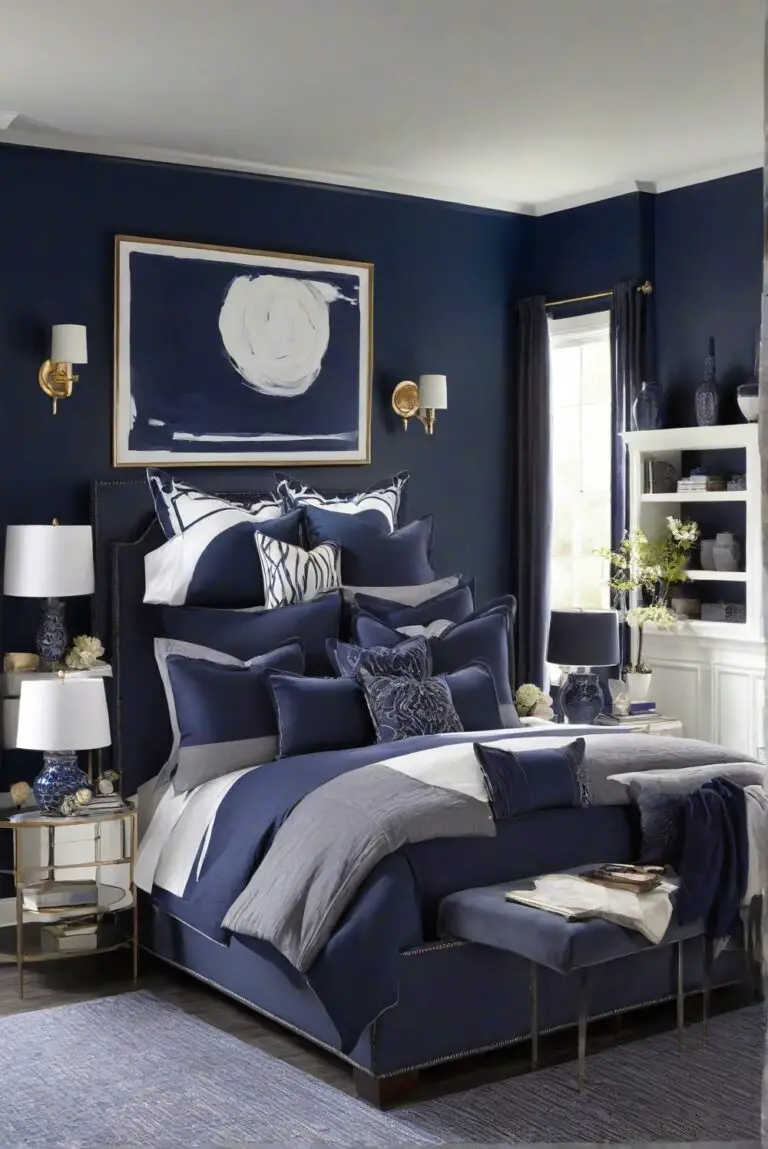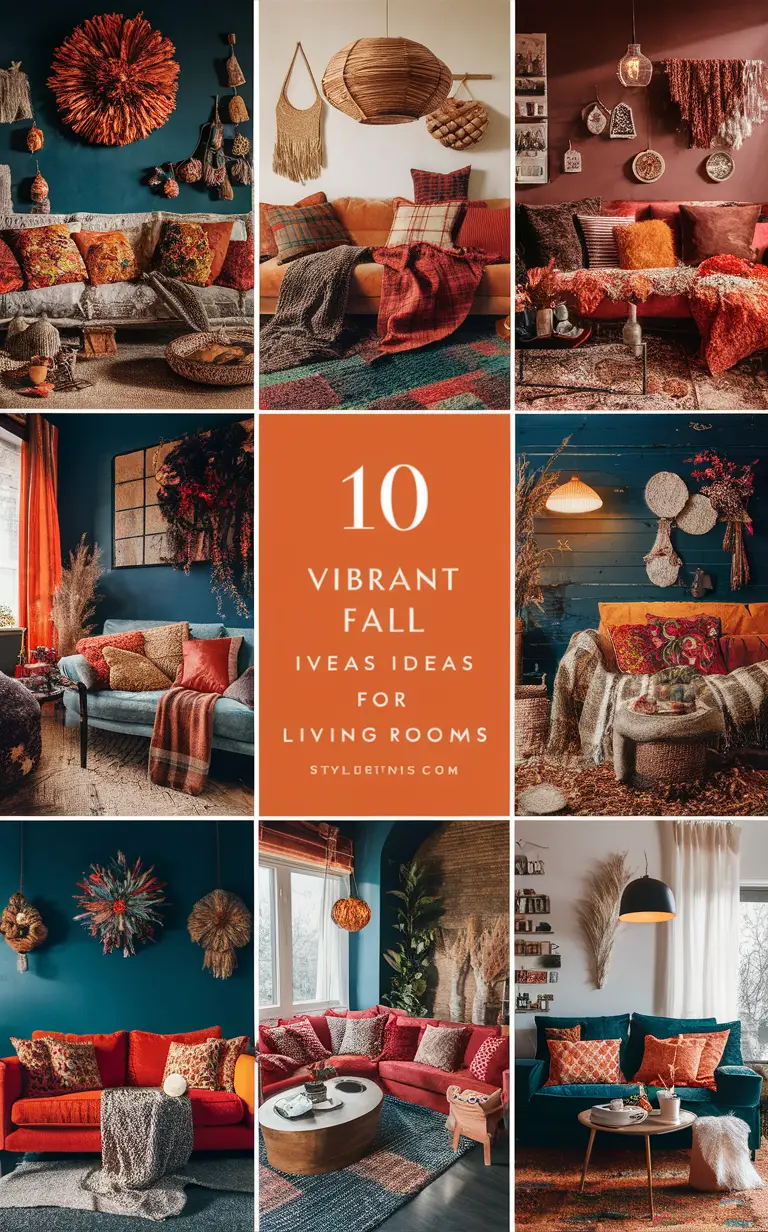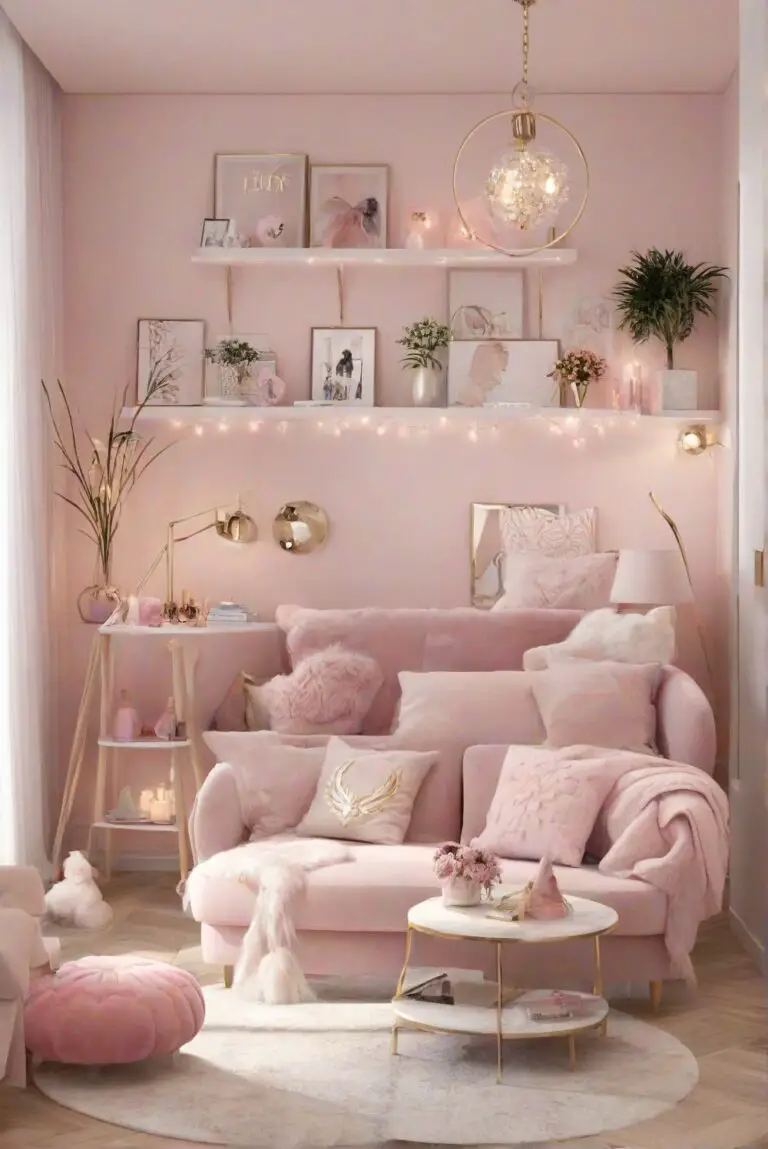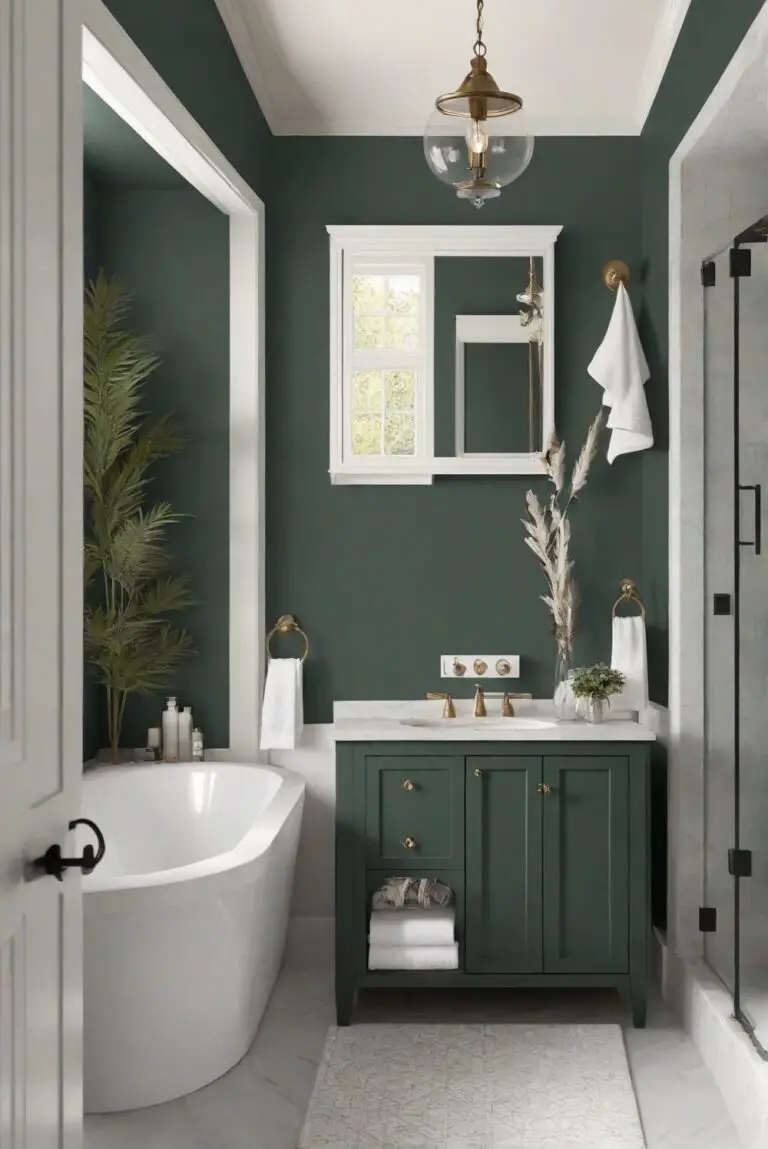Unleash the power of contrasting colors to elevate your living room’s architectural features. Discover how to make your space pop with eye-catching design elements.
To use contrasting colors to highlight architectural details in your living room, start by choosing a color scheme that complements the overall design of the room. Select one main color for the walls and then choose a contrasting color for the architectural details such as moldings, trim, or window frames. This contrast will help to emphasize the unique features of the room and create visual interest. Be sure to test the colors on a small area first to ensure they work well together. Consider using primer paint for walls to ensure a smooth finish and better color coverage. Additionally, match the paint colors with the existing furniture and decor in the room to create a cohesive look. Remember to always consider the natural lighting in the space when selecting colors as it can affect how they appear.
How to use contrasting colors to highlight architectural details in your living room?
1. How can I choose the right contrasting colors to highlight the architectural details in my living room?
My Lovely Spring Paint for 2025
Ready for a Spring Makeover? Explore the Freshest 2025 Paint Trends!
White Sage/Green SW Pistachio green Soft blue Honeysweet/Orange Pink Sugar Sage Tint BMAs an Amazon Associate, I may earn a commission from qualifying purchases at no extra cost to you.
To choose the right contrasting colors to highlight the architectural details in your living room, consider the existing color scheme of the room. Look for colors that are opposite each other on the color wheel, such as blue and orange or purple and yellow, to create a dynamic contrast. You can also use a neutral color as a backdrop and introduce a bold accent color to make the architectural details stand out. Experiment with different color combinations to find the perfect balance that enhances the architectural features of your living room.
2. What is the best way to incorporate contrasting colors without overwhelming the design of the room?
To incorporate contrasting colors without overwhelming the design of the room, start by using the 60-30-10 rule. Choose a dominant color that covers 60% of the room, a secondary color that covers 30%, and an accent color for the remaining 10%. This will help you maintain a cohesive look while still incorporating contrasting colors. You can also use contrasting colors in small doses, such as throw pillows, rugs, or artwork, to add visual interest without overpowering the space.
My fAV Spring DECOR for 2025
Discover Spring’s Best 2025 Decor Combinations – Perfect for Any Room!
Oversized Indoor Plants White Curved Sofas Rugs BOH Brown Cream Moroccan Hype Boho Rug Outdoor Patio Furniture Sets Topfinel Pillow CoversAs an Amazon Associate, I may earn a commission from qualifying purchases at no extra cost to you.
3. Can I mix different textures and patterns with contrasting colors to enhance the architectural details in my living room?
Mixing different textures and patterns with contrasting colors can indeed enhance the architectural details in your living room. Consider incorporating a mix of smooth and textured fabrics, such as velvet and linen, to create depth and visual interest. You can also play with patterns like stripes, chevron, or geometric designs in complementary contrasting colors to draw attention to specific architectural elements. Be mindful of scale and balance when mixing textures and patterns to ensure a cohesive and harmonious look.
Trend Ideas for Using Contrasting Colors in Your Living Room:
1. **Bold Color Accents:** Incorporate bold and vibrant accent colors like emerald green, royal blue, or mustard yellow to highlight architectural details.
2. **Monochromatic Contrast:** Use varying shades of the same color family to create a subtle yet effective contrast that complements the architectural features.
3. **Metallic Finishes:** Introduce metallic accents in gold, silver, or copper to add a touch of luxury and contrast to the living room’s design.
4. **Color Blocking:** Experiment with color blocking techniques by painting different sections of the walls in contrasting colors to emphasize architectural elements.
5. **Natural Elements:** Bring in natural elements like wood or stone in contrasting colors to create a harmonious blend of textures and colors.
6. **Artwork and Decor:** Use artwork or decorative pieces in contrasting colors to draw attention to specific architectural details like columns, moldings, or archways.
7. **Statement Furniture:** Invest in statement furniture pieces in bold contrasting colors to serve as focal points and enhance the room’s overall design.
8. **Lighting Effects:** Utilize lighting fixtures with colored bulbs or shades to create a play of light and shadow that highlights architectural nuances.
9. **Colorful Drapery:** Opt for colorful drapes or curtains in contrasting hues to frame windows and accentuate the room’s architectural features.
Key Takeaways:
– **Choosing the right contrasting colors can enhance architectural details in your living room.**
– **Incorporate contrasting colors using the 60-30-10 rule to maintain balance in the design.**
– **Mixing textures and patterns with contrasting colors adds depth and visual interest to the space.**
– **Experiment with trend ideas like bold color accents, monochromatic contrast, and metallic finishes for a modern look.**
– **Consider using natural elements, artwork, statement furniture, and lighting effects to highlight architectural nuances.**

